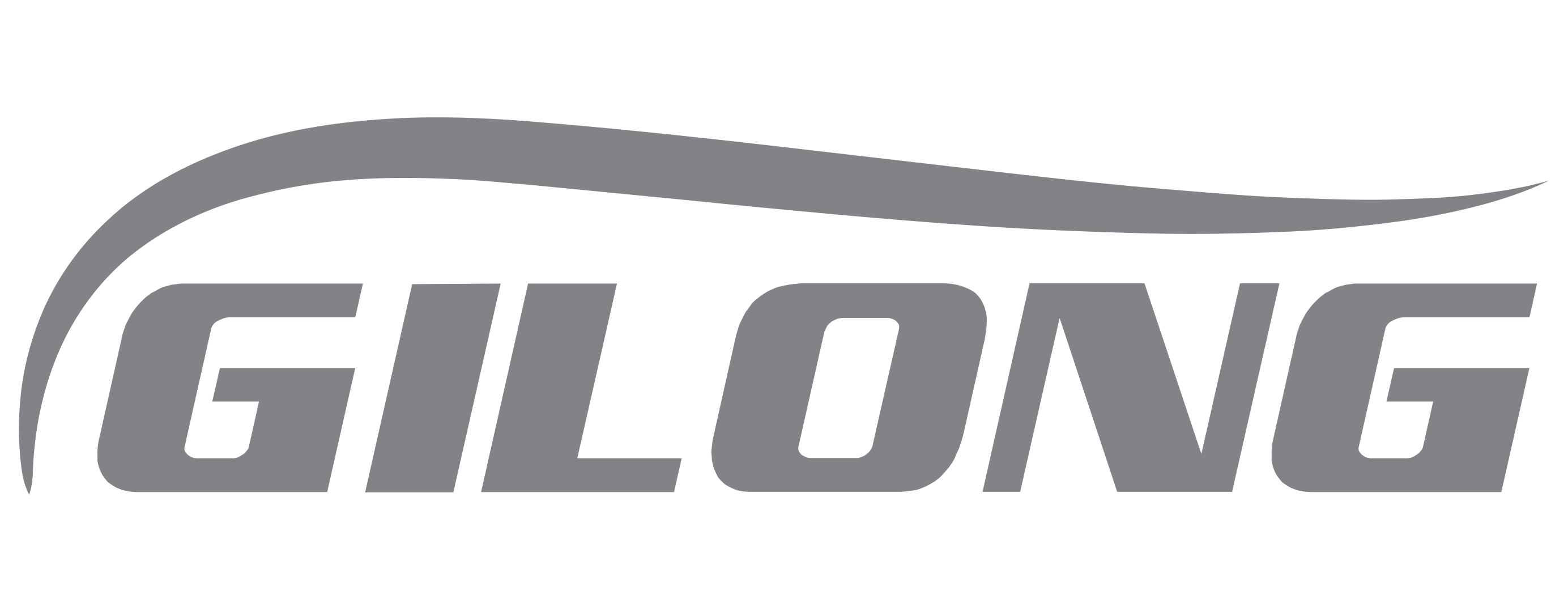As with any business decision, the value of your investment is more important than the upfront cost. That said, if you’re just starting out, the cost of modern POS systems can be prohibitive even if the long-term value is better.
A simple POS setup for one register would cost around $1200, while a more complex set up with five registers and more sophisticated software would cost about $6500. Alternatively, you could opt for a simple cash register and pay around $100. However, if you buy a POS, you should also consider what you’ll save in terms of improved inventory management, sales tracking, and marketing.
Put simply, with a cash register, you’re working with a fairly low-tech piece of equipment. Cash registers will provide you with a place to store cash and receipts. They also provide basic sales and day-end reports but nothing else. You’ll need to purchase other hardware such as barcode scanners, and credit and debit card readers separately.
POS systems provide all that a cash register can and more. You’ll at least need hardware such as a phone, tablet, or computer and you can choose between a mobile POS or a traditional POS.
Traditional systems require that you install proprietary software on your device, usually a desktop computer, while mobile systems generally come with a subscription-based software package.
Whether you choose traditional or mobile, your POS can automate inventory management and provide valuable sales insights. POS systems may also integrate with your accounting and marketing software which allows you to share data across platforms.
There’s no question that a traditional cash register — because of its lack of features — is easier to use than a POS system. Alternatively, to fully leverage the power of a POS system, you’ll need to spend some time familiarizing yourself with the software and setting up workflows. In addition, with traditional POS, you should periodically update the software, even though it can be inconvenient.
In-store shoppers cite long lines at the checkout as their single, biggest pain point. For business owners who compete with online sellers, this makes the customer experience at the point of sale especially critical.
While traditional cash registers are reliable, they don’t speed up the checkout process like a POS system. For example, with a register, customers must wait for a receipt to print out, but with a POS system they can have the receipt emailed to them. POS systems also support a vast array of payment methods whereas registers are often limited to cash, check, credit, or debit.
Also, with the improved inventory management of a POS system, it’s easier to ensure that you have products in stock that your customers want. By using your POS system to collect customer information, you can leverage that data to provide customized promotions and product offers to improve the customer experience.















 008618682388906
008618682388906 Even liu
Even liu info@szgilong.com
info@szgilong.com 008675529402526
008675529402526